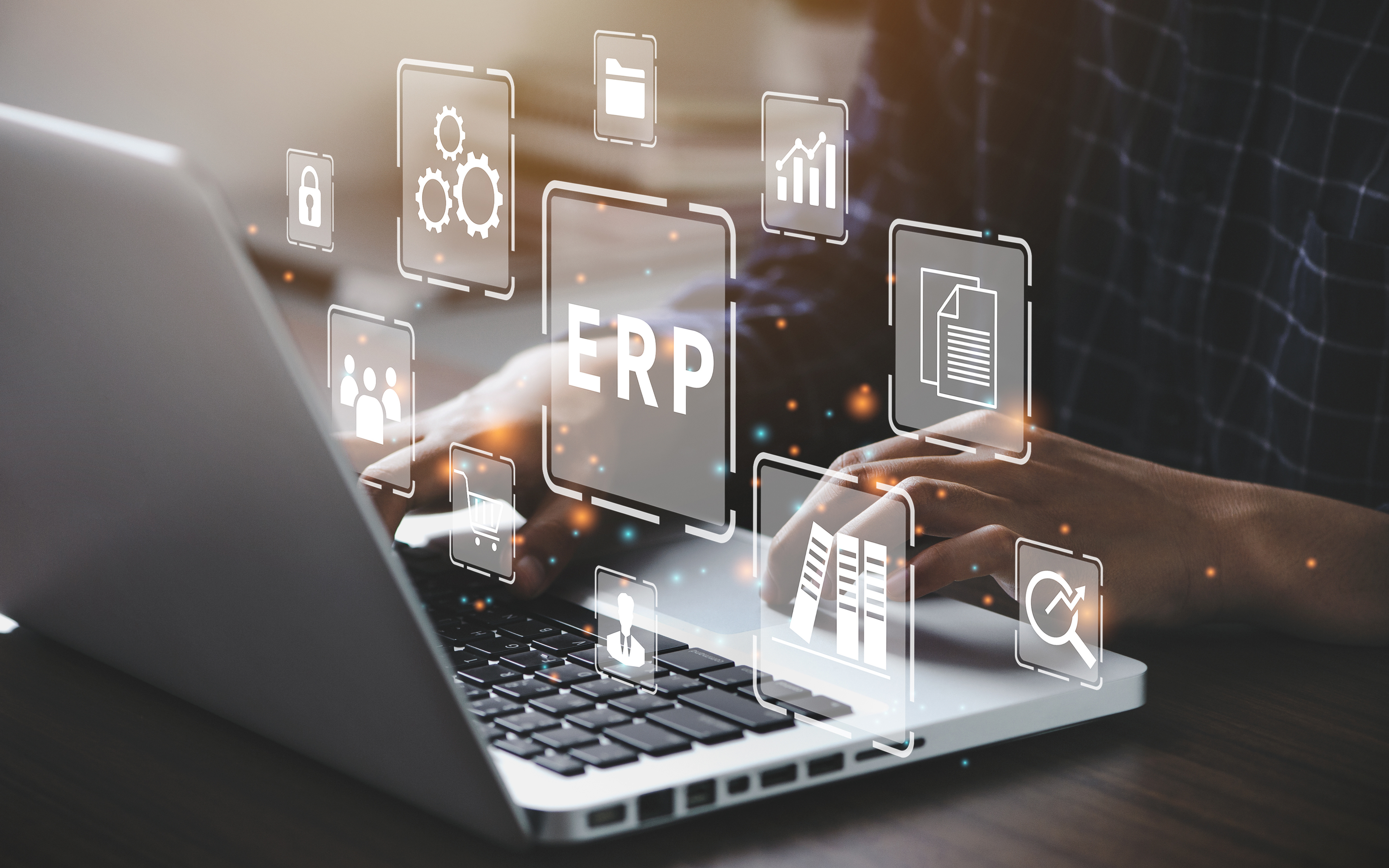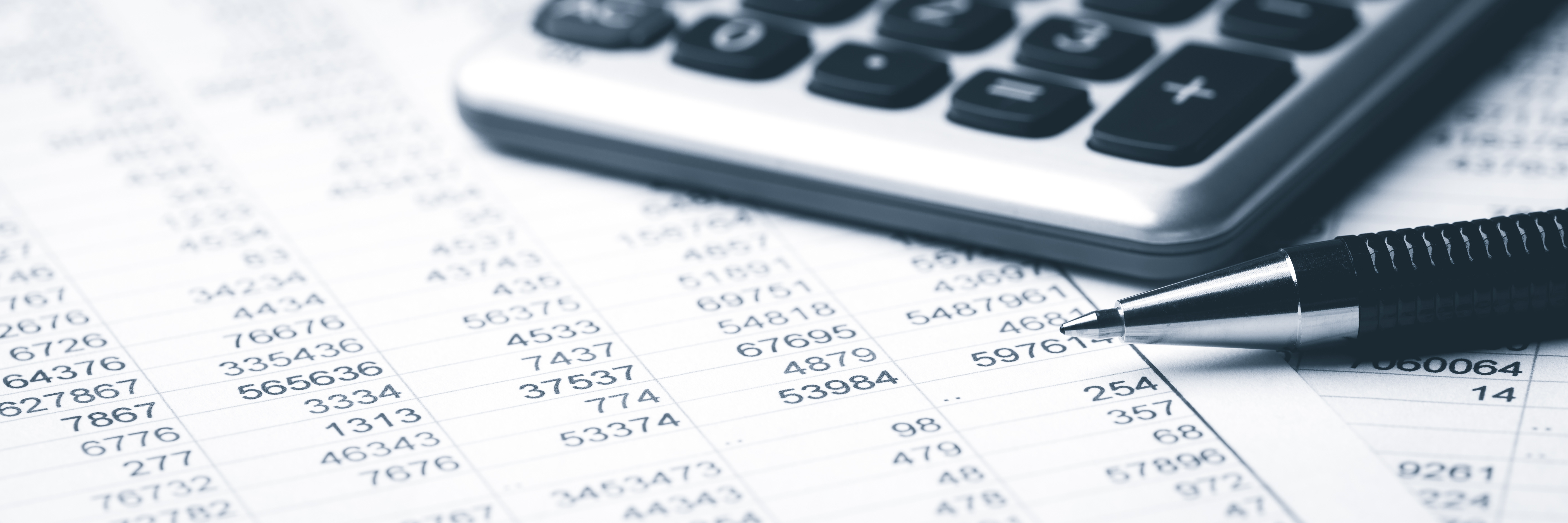Automation of Lease Accounting
The landscape of lease accounting has evolved dramatically since the adoption of standards such as ASC 842 and IFRS 16. These standards require companies to recognize assets and liabilities for most leases to support a fair presentation of a company’s balance sheet and financial position. While these changes enhance transparency in financial reporting, they also introduce new layers of complexity. As organizations grow and lease portfolios expand, managing leases manually becomes cumbersome and prone to error. To address these challenges, Lease accounting software has emerged as a vital solution, automating the entire lease lifecycle and helping finance teams maintain compliance, accuracy and operational efficiency.
Challenges in Lease Accounting
Lease accounting presents several challenges for companies, particularly those with large and complex lease portfolios. Managing leases manually introduces inefficiencies, such as:
Data Entry Errors: Manual data entry increases the risk of errors in tasks like recording payments, calculating interest, or categorizing leases. Small mistakes can lead to material misstatements.
Compliance Struggles: Complying with the new lease accounting standards involves gathering vast amounts of lease data, determining the proper lease classification and managing remeasurements over time. This makes it difficult to stay in line with regulatory requirements without significant manual effort.
Time-Consuming Processes: Finance teams often spend countless hours tracking lease modifications, calculating amortization schedules, and ensuring correct reporting for both operating and finance leases. These time-consuming tasks shift focus away from more strategic, value-adding activities.
Given these challenges, automating processes with lease accounting software has become less of a luxury and more of a necessity.
The Process of Lease Accounting Automation
Lease accounting software automates several key functions of lease management, transforming the process in the following ways:
Data Integration and Capture: The software integrates with existing ERP and financial systems, pulling lease data from contracts, emails, and various sources. Lease agreements are digitized, and the data is centralized, ensuring that finance teams always have access to the most up-to-date information.
Classification and Recognition: Once lease data is entered, the software automates the classification of leases (e.g., operating or finance) based on predefined criteria. It also handles complex calculations for the initial recognition of lease liabilities and right-of-use assets, providing precise entries for the general ledger.
Reporting and Compliance: Built-in reporting tools allow companies to comply with standards like ASC 842 and IFRS 16. These tools automate the preparation of footnote disclosures, amortization schedules, and other reporting requirements, ensuring accuracy in financial statements and audit-readiness.
Ongoing Lease Management: The software continuously monitors lease terms and automates lease modifications and remeasurements when changes occur (e.g., rent adjustments, terminations, or renewals). This streamlines the workload and ensures financial data remains accurate and up-to-date.
By automating these tasks, lease software simplifies compliance, enhances accuracy, and improves efficiency, allowing finance teams to focus on strategic analysis and decision-making.
Benefits of Lease Software Automation
Automating lease accounting offers numerous benefits, particularly in today’s fast-paced and compliance-driven financial environment:
Improved Accuracy and Compliance: Automation drastically reduces the risk of human error, ensuring that all leases are accurately classified and properly recorded. The software’s built-in compliance features enable organizations to adhere to ASC 842, IFRS 16 and other accounting standards, eliminating the need for manual tracking.
Time Efficiency: Finance teams save valuable time by eliminating manual data entry, lease classification, and amortization tracking. Lease software also enables automatic updates for lease modifications, drastically reducing the hours spent on repetitive tasks.
Enhanced Reporting Capabilities: Lease software generates comprehensive reports with the click of a button, giving management real-time insights into lease obligations and financial impact. These automated reports are audit-ready and improve transparency for stakeholders.
Scalability: As organizations grow, so does the complexity of managing leases. Lease software can handle large portfolios of leases across multiple subsidiaries or business units, providing a scalable solution that grows with the company.
Cost Savings: By reducing the need for manual data management, finance teams can allocate resources more efficiently. In addition, accurate lease data allows organizations to optimize their lease portfolios, potentially leading to better-negotiated terms and cost savings.
Best Practices for Implementing Lease Software
To maximize the benefits of lease software, organizations should implement the following best practices:
Accurate Data Capture: Ensure all relevant departments, including finance, legal, and procurement, contribute to the lease data collection process. Missing information can lead to misclassifications and compliance risks.
Team Training: Provide your finance and accounting teams with comprehensive training on the lease software. A thorough understanding of its full functionality will empower teams to fully utilize the automation tools and reporting features.
Software Updates and Audits: Keep the software updated for any changes in accounting standards or organizational needs. Conduct regular audits of your lease portfolio to ensure ongoing compliance and optimal performance.
Monitor and Adjust: Continuously monitor how your organization uses the lease software and make adjustments as necessary. If new leases are added or modified, update the system promptly to ensure accurate reporting.
Conclusion
Lease accounting software is an essential resource for modern finance teams, automating cumbersome processes, enhancing compliance, and delivering accurate financial data in real-time. By implementing lease software, organizations can eliminate the inefficiencies associated with manual lease management, allowing them to focus on strategic decision-making and growth.
In a world where financial accuracy and compliance are paramount, automating lease accounting is not just a smart move—it is a necessity. Contact a Solaris consultant to explore lease automation solutions tailored to your needs at info@solarisadv.com.
.svg)


